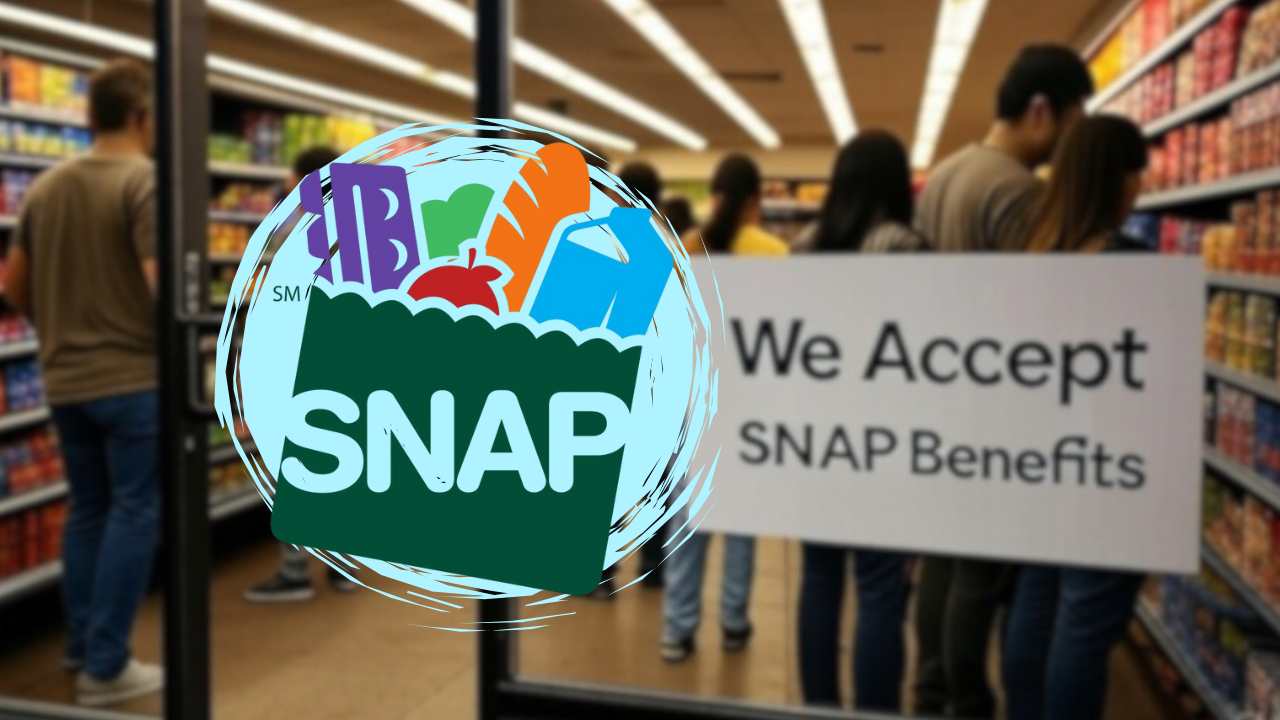The Supplemental Nutrition Assistance Program (SNAP) provides variable benefits based on household size for the period from October 2024 through September 2025.
In the 48 contiguous states and Washington, D.C., the monthly maximums are: $292 (1 person), $536 (2 people), $768 (3 people), $975 (4 people), $1,158 (5 people), $1,390 (6 people), $1,536 (7 people), and $1,756 (8 people). Each additional member adds $220.
Alaska, Hawaii, Guam, and the Virgin Islands have higher rates, such as $1,258 for a family of four in urban Alaska.
2025 Income Limits to Maintain SNAP Benefits
Households must meet gross and net income thresholds. For two people, the gross limit is $2,215 per month ($26,580 per year) and the net limit is $1,704. For four people, the limits are $3,380 (gross) and $2,600 (net). Income considered includes wages, pensions, unemployment benefits, and tips.
Allowable deductions include: 20% of earned income, childcare expenses, excessive housing costs, and medical expenses for the elderly or disabled.
Households with older adults (60+) or people with disabilities only need to meet the net income threshold. They can have up to $4,500 in savings (vs. $3,000 for other groups), and their income threshold reaches 165% of the poverty level ($2,071 per month for singles).
Vehicles are not considered resources if they are used as work tools, transport disabled people, serve as housing, or are valued at less than $4,650.
Another set of additional requirements includes proof of citizenship or legal immigration status: U.S. citizen children of undocumented immigrants may be eligible. Residency requires applying in the current state. Texas, for example, offers simplified procedures for households composed solely of elderly or disabled people.
Individuals aged 18-52 without dependents (known as ABAWDs) must work 20+ hours per week or be in training to receive benefits for more than three months per quarter.
How long does it take to approve my SNAP benefits?
The process takes up to 30 days, but cases with minimal resources (<$100 net + $150 gross/month) receive a response in approximately 7 days, as they are considered emergency cases.
The amounts are delivered via Electronic Benefits Transfer (EBT) cards, usable at physical supermarkets and platforms like Amazon or Walmart. Current amounts will remain in effect until September 30, 2025.
Will food stamp payments increase this year? What we know (and what we don’t)
Watch the dates: Current SNAP benefits will remain in place until September 30, 2025. When will we know if there are any changes? Hint: Last year, the USDA announced the Cost of Living Adjustment (that famous COLA) on August 2, 2024.
So it’s likely they’ll follow a similar schedule this year. But, until the official announcement comes out, it’s impossible to predict whether the benefits will increase, decrease, or stay the same.
Here’s the interesting part: the COLA doesn’t guarantee increases. Look at what happened in Hawaii: after the last two adjustments, beneficiaries saw their maximum benefits reduced! Why? The COLA is tied to inflation, and it turns out prices don’t always rise. Sometimes they stagnate, other times they rise slightly… and they could even fall (although this isn’t common).
If everything remains as is, the new amounts would begin to apply on October 1, 2025. But, not everyone gets paid on the same day. Your increase (if there is one) would come in your regular October payment, according to your local calendar.
We must clarify thatthe SNAP recipients have a certain advantage over Social Security recipients here. While the latter receive their adjustment in January, families on food assistance see it reflected several months earlier (in October), which isn’t bad for tight budgets.
The Senior Citizens League (SCL) is targeting a potential 2.4% COLA for Social Security by 2026, a number that reach SNAP recipients. That sounds like a small amount, but just last year something similar happened with SNAP: its increase was smaller than Social Security’s, so the difference between the previous and new amounts wasn’t even that big.




